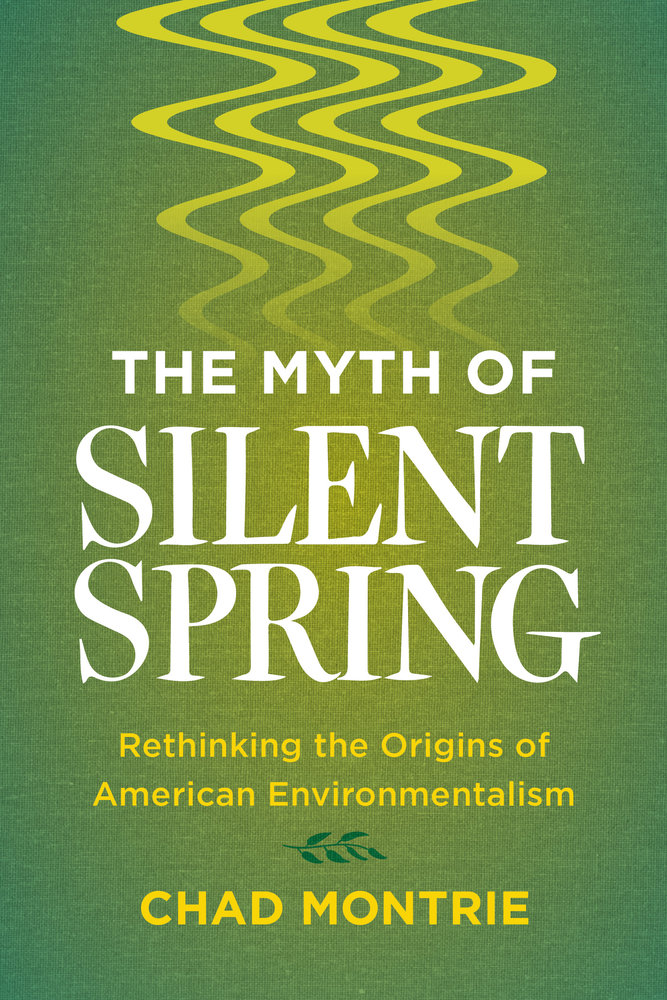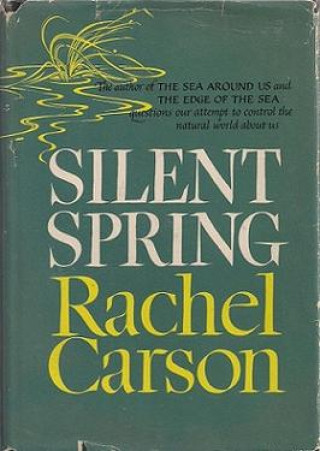About two-thirds of the way through the book, Brinkley quotes William Ruckelshaus, the first administrator of the EPA: “None of these environmental historians get it right. They all want to write about the Sierra Club and the Wilderness Society because it’s romantic. But the story of the 1960s environmental movement should be centered on how Johnson and then Nixon launched an effective campaign for comprehensive sewage treatment in America.” (Brinkley adds: “What Ruckelshaus said was true.”) In other words, the credit for the “environmental movement” lies not with the activists but with the presidents.
There is a term for this approach to the past: the Great Man school of history, wherein the drivers of progress are not the masses but rather the generals, the titans of industry, the U.S. presidents. And so in Silent Spring Revolution, the early environmental justice movement boils down almost entirely to leaders like Martin Luther King Jr., Cesar Chavez, and Walter Reuther, rather than the millions of unsung civil rights organizers, farmworker activists, and union members who fought and bled and died for their causes. Brinkley attributes the rightward drift of the Supreme Court to “the triumph” of Southern tobacco lobbyist Lewis Powell in “reversing Douglas’s anti-industry” stance, with not a word about the conservative legal movement (or the mountain of money fueling it). Above all others, he makes Carson the book’s protagonist, heart, and sacred mother. “It was Rachel Carson, full stop, who, in an urgent visceral way, sparked an eco-revolution,” Brinkley tells us.
Carson’s influence should not be undercounted, but to credit her—full stop—with launching the environmental movement is wrong. Brinkley’s focus on the best-known (and, often, best-loved) figures in environmental history is, in fact, uniquely ill suited to explain fights to protect land, water, and air, which are necessarily movement-driven. He notes, at times, that activists pushed the presidents and other powerful figures—but we hardly ever meet these unfamous advocates. Bizarrely, Brinkley entirely fails to cite one of the most important works of environmental history to be published in recent years (and one highly relevant to his project), The Myth of Silent Spring: Rethinking the Origins of American Environmentalism by Chad Montrie, which compellingly argues that multiple, significant grassroots environmental movements arose largely independent of Carson’s influence.
By contrast, Brinkley’s approach flattens the movement to a march of saints who, inexplicably, must be safeguarded against critique or elision. Johnson “got it completely right about environmental stewardship,” Brinkley writes, but has “received scant credit for anything he did on the conservation front,” his successes “largely neglected” by scholars. Nixon—who is undoubtedly best known by most readers for his demons, his bigotry, and his career-ending scandals—in fact emerged quickly “as the Rough Rider of environmental activism,” Brinkley tells us, and ultimately became “an extraordinary environmental president.” It is these already-famous men who receive the great bulk of Brinkley’s attention and praise.

